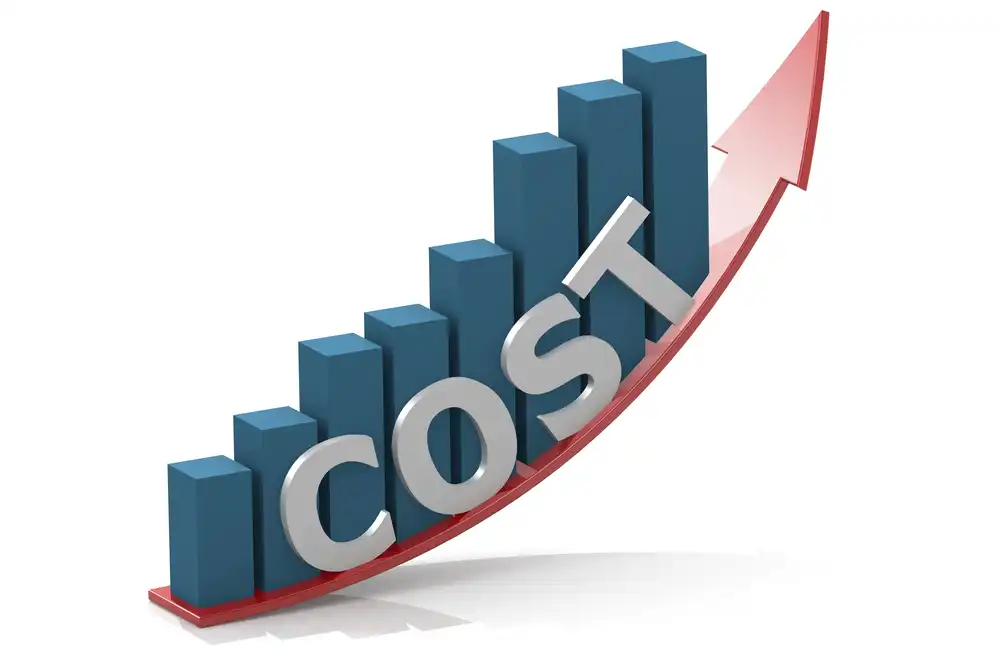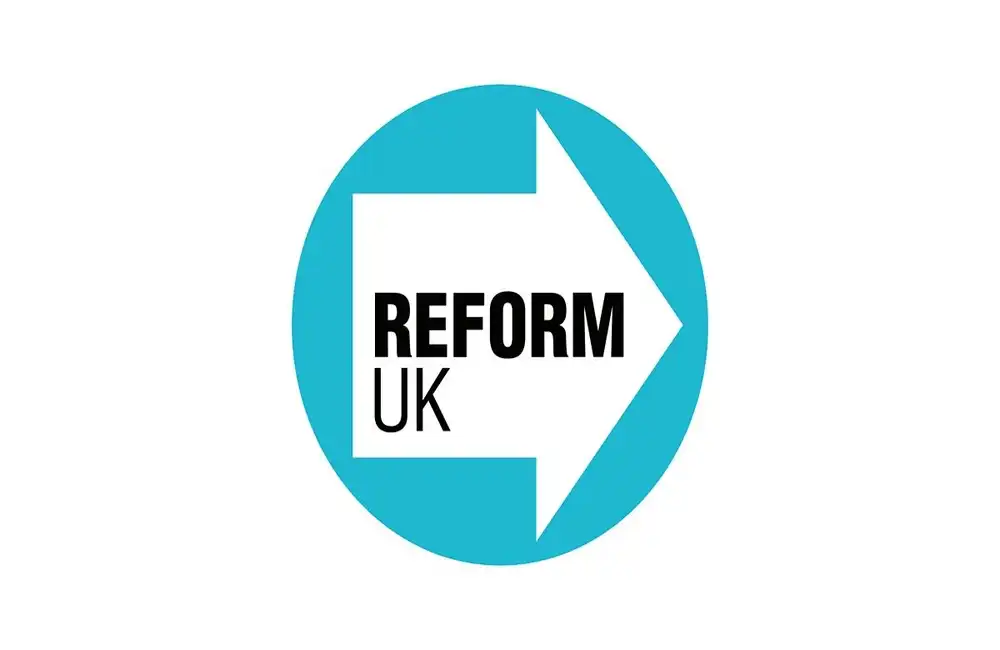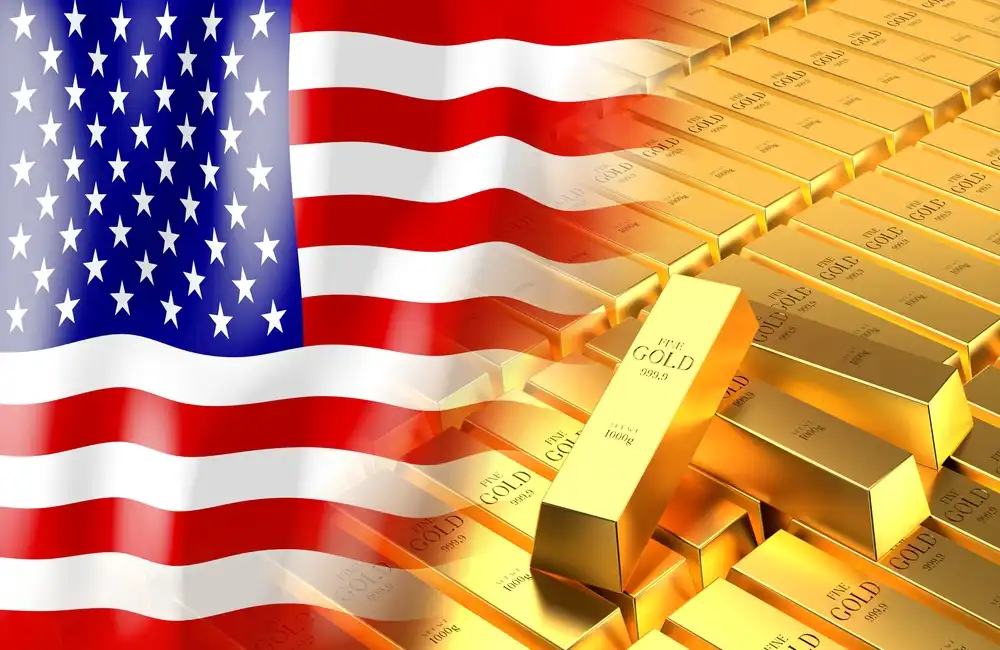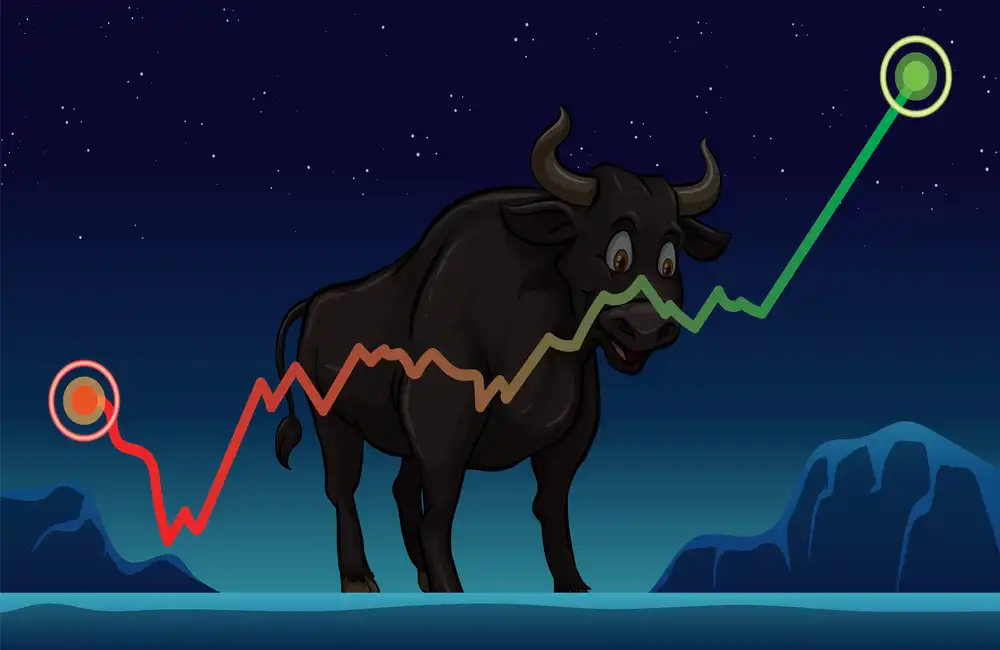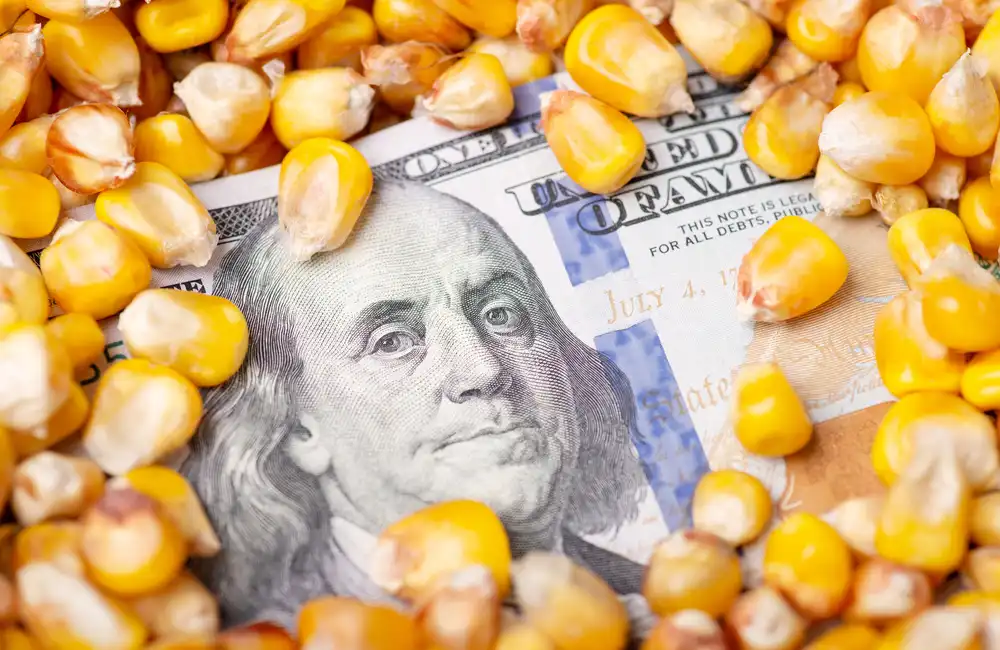Periods of economic uncertainty often leave investors searching for assets that promise stability and security.
Precious metals like gold, silver, platinum, and palladium have long been heralded as safe-haven investments. But why do they hold this status, and how can they serve as protective assets? This article explores the historical context of precious metals as stores of value, their effectiveness in hedging against inflation, and their resilience during financial crises.
Historical Context of Precious Metals as Stores of Value
Precious metals have been valued for thousands of years, long before the existence of modern financial systems. Civilisations across the globe—from the ancient Egyptians and Romans to the Aztecs and Chinese dynasties, used gold and silver as mediums of exchange, symbols of wealth, and reserves of value.
Unlike paper currencies, precious metals possess intrinsic value. Gold, for example, does not corrode or degrade over time, making it ideal for long-term storage. This physical durability and its universal appeal allowed precious metals to remain a trusted form of wealth through centuries of economic upheaval and geopolitical change.
Even today, central banks globally hold vast reserves of gold. According to the World Gold Council, in 2023 alone, central banks purchased nearly 337 metric tonnes of gold in just the first quarter to strengthen their financial portfolios. This enduring demand underscores their role as reliable stores of value.
Precious Metals as a Hedge Against Inflation
One of the most compelling reasons investors turn to precious metals is their ability to act as a hedge against inflation. Inflation erodes the purchasing power of fiat currencies, often leaving cash and related assets vulnerable. Conversely, precious metals tend to retain or increase their value in inflationary periods.
This occurs because precious metals, particularly gold, are not tied to any single currency or government policy. Their value is determined by global supply and demand dynamics rather than shifts in monetary policies. For instance, during the global financial crisis of 2008, central banks significantly increased the money supply to stimulate economies. While this led to inflationary pressures, gold prices soared, rising by over 25% that year alone.
Similarly, in 2021, amid global inflation concerns spurred by pandemic-related stimulus measures, gold remained steady, preserving its reputation as an inflation-proof asset.
Performance of Precious Metals During Financial Crises
Precious metals shine brightest during turbulent times. When stock markets plummet and economic uncertainty clouds the horizon, gold and silver often experience significant price volatility but in a stabilising direction. This phenomenon makes them particularly appealing to investors seeking refuge from the chaos.
Take the 2008 global financial meltdown as an example. While equity markets saw catastrophic declines, gold prices soared. Between 2007 and 2009, gold prices jumped approximately 25%, providing investors with a critical hedge amid the losses caused by collapsing stock markets.
During the COVID-19 pandemic in 2020, when uncertainty about global shutdowns gripped financial markets, gold prices soared to an all-time high of over $2,070 per ounce. This upward trend reflected investor confidence in gold’s stability and its appeal as a crisis-proof asset.
Stability Compared to Other Asset Classes
Compared to risky investments like equities or cryptocurrencies, precious metals exhibit dramatically lower volatility. They serve as a portfolio ballast, providing balance when other asset classes falter. This is because they have no credit risk, no liability, and are universally recognised as valuable.
For example:
- Gold and Silver vs. Stocks: Equities, although capable of delivering high returns, can experience sharp downturns during recessions. Gold, however, tends to gain in value during such periods, offering a perfect counterbalance.
- Gold vs. Cryptocurrencies: Cryptocurrencies have garnered attention as digital alternatives to traditional assets. However, their extreme price swings and relative youth make them significantly riskier than established precious metals.
- Gold vs. Treasury Bonds: While government bonds are considered safe, they are still subject to monetary policies and interest rate changes. Precious metals, with their independent valuation, are immune to such influences.
To put the difference into perspective, during the 2020 pandemic, the S&P 500 fell over 30% in a matter of weeks, while gold rose approximately 13% in the same period. Such resilience makes precious metals an indispensable part of a diversified investment strategy.
Why You Should Consider Precious Metals
The case for precious metals is clear. Their unique characteristics which include intrinsic value, independence from monetary systems, and resilience during crises—make them a key tool for reducing risk and improving portfolio stability. Whether you’re a cautious investor or a seasoned professional, their ability to protect your assets during uncertain times cannot be ignored.
If you’re ready to explore investing in precious metals, we’ve got the resources to help you make informed decisions.



